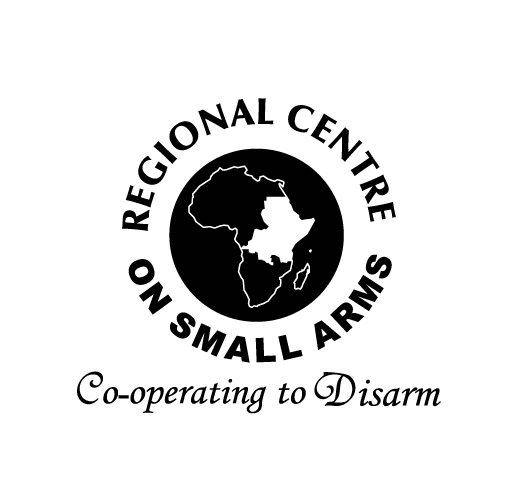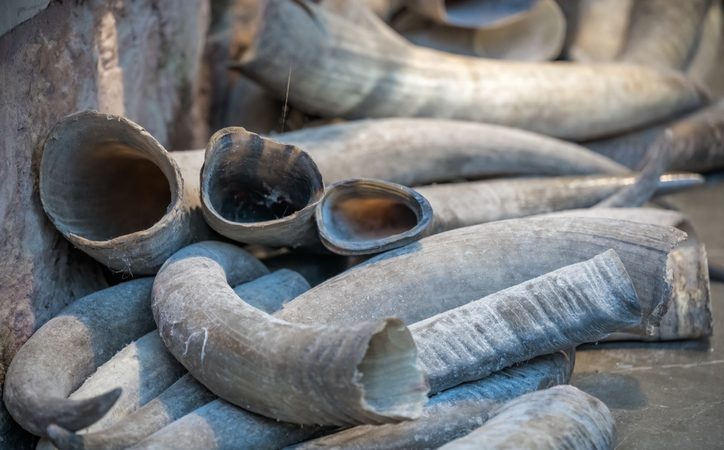Poaching in Africa has reached a crisis level, with an increasing number of elephants being poached and the risk of their extinction becoming more imminent. It is estimated that close to 30,000 elephants are poached every year in Africa. Without comprehensive and coordinated action, elephants could soon face extinction. In this study, poaching is defined as the illegal hunting or killing of wildlife for the extraction of trophies for sale.
The primary objective of this study was to examine the nexus between the proliferation of illicit Small Arms and Light Weapons (SALW) and poaching, as well as the impact of these activities on development and livelihoods. The research was conducted in the Central African Republic (CAR), the Democratic Republic of Congo (DRC), Kenya, Tanzania, and Uganda. This report combines the findings from the five countries studied, highlighting the manifestations, drivers, and impact of poaching and the proliferation of illicit SALW, while also outlining existing interventions against poaching and providing various recommendations.
The study revealed that elephants and rhinos are the most poached animals, and various actors are involved at the local, national, regional, and international levels. The leading drivers of poaching were identified as the proliferation of illicit SALW, porous borders, poverty, exclusion from the economic grid, increased global demand for wildlife products, and weak legislation and enforcement.
Poaching and the proliferation of illicit SALW have had far-reaching environmental, political, economic, and social impacts. Recognizing these impacts, various actors at the national, regional, and international levels have implemented measures to address these challenges. However, there are gaps and limitations in legislation, SALW arms control, inter-agency and inter-state collaboration, and the reduction of end-market demand.
Therefore, the study recommends, among other things, the reduction in the proliferation of illicit SALW, capacity building for law enforcement agencies, addressing end-market users, and providing alternative livelihood options for communities living around wildlife-protected areas.

